On a new fascinating podcast by “Colorist Meetup”, some of the developing processes of ARRI’s color science are revealed. In the podcast, ARRI Chief Color Scientist, Harald Brendel, clearly states that the new ALEXA 35’s ALEV 4 sensor was not developed by ARRI. Furthermore, Brendel doesn’t disclose the 3rd party company which manufactures the sensor. Would it be another company than OnSemi?
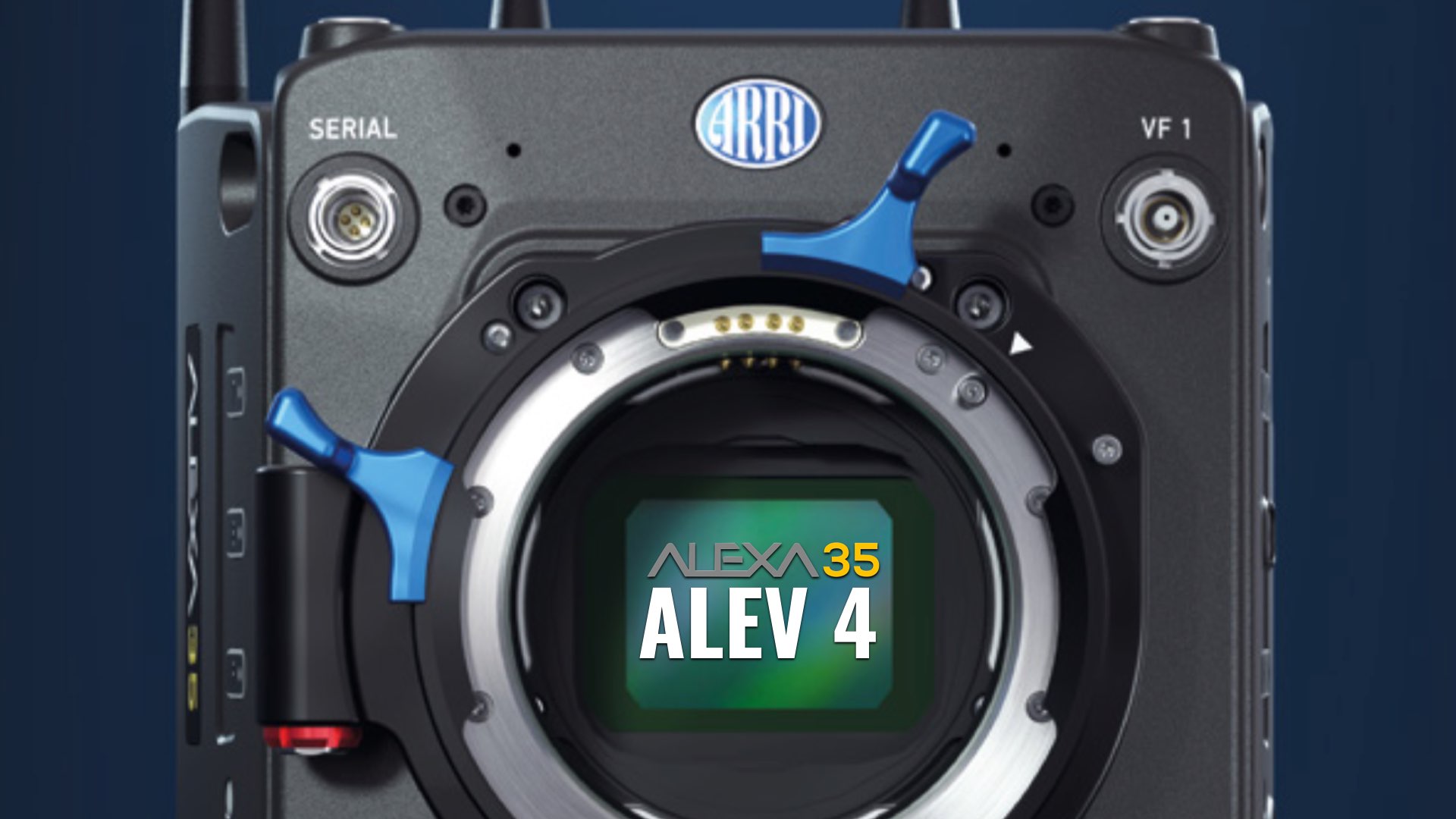
ALEXA 35 and the ALEV 4
With the introduction of ARRI’s new flagship, the ALEXA 35, ARRI has clearly stated that the ALEV 4 is its first new sensor for 12 years which was built on the evolution of the ALEXA family over that period. As we understood, like many others, the ALEV 4 is being manufactured by ARRI. We even thought that ARRI has its own sensor division. The ALEV 3 sensors were developed by ON Semiconductor. The company has designed the ALEV III CMOS Image Sensor specifically for ARRI. Both companies have had a solid and collaborative relationship in the areas of sensor development and manufacturing for more than a decade. However, it seemed that the ALEV 4 is completely different from that aspect. In fact, ARRI owns a few patents regarding sensors. The most recent patent was filled in October 2021 titled “Image Sensor” The invention is credited to Michael Cieslinski who is a sensor specialist at ARRI. Anyway, this is not the sole patent application regarding sensors that ARRI has filled. Hence, we assumed that ARRI has paved its way to manufacture its own sensors, and the first on the list is the ALEV 4. However, ARRI Chief Color Scientist claims otherwise.

An interview with ARRI Chief Color Scientist
‘Colorist Meetup’ is a fascinating podcast which is dedicated to professional colorists. Harald Brendel – ARRI Chief Color Scientist was interviewed on the latest episode. Brendel revealed some behind-the-scenes intriguing facts regarding the process of developing the ALEXA camera and its heart — which is the sensor. Brendel studied biology and he worked for a medical device company in the software space before getting into ARRI. Back then, he was lacking any background in color science. He earned an experience in programming on Macintosh computers which was pretty rare at that point. Brendel elaborates that one of the reasons for moving from film cameras to digital cameras was, in fact, the financial crisis in 2008, when sales of film cameras went down dramatically. Moreover, many theaters have switched to digital projectors. Thus, ARRI has made the strategic decision to start developing a digital camera — the ALEXA.
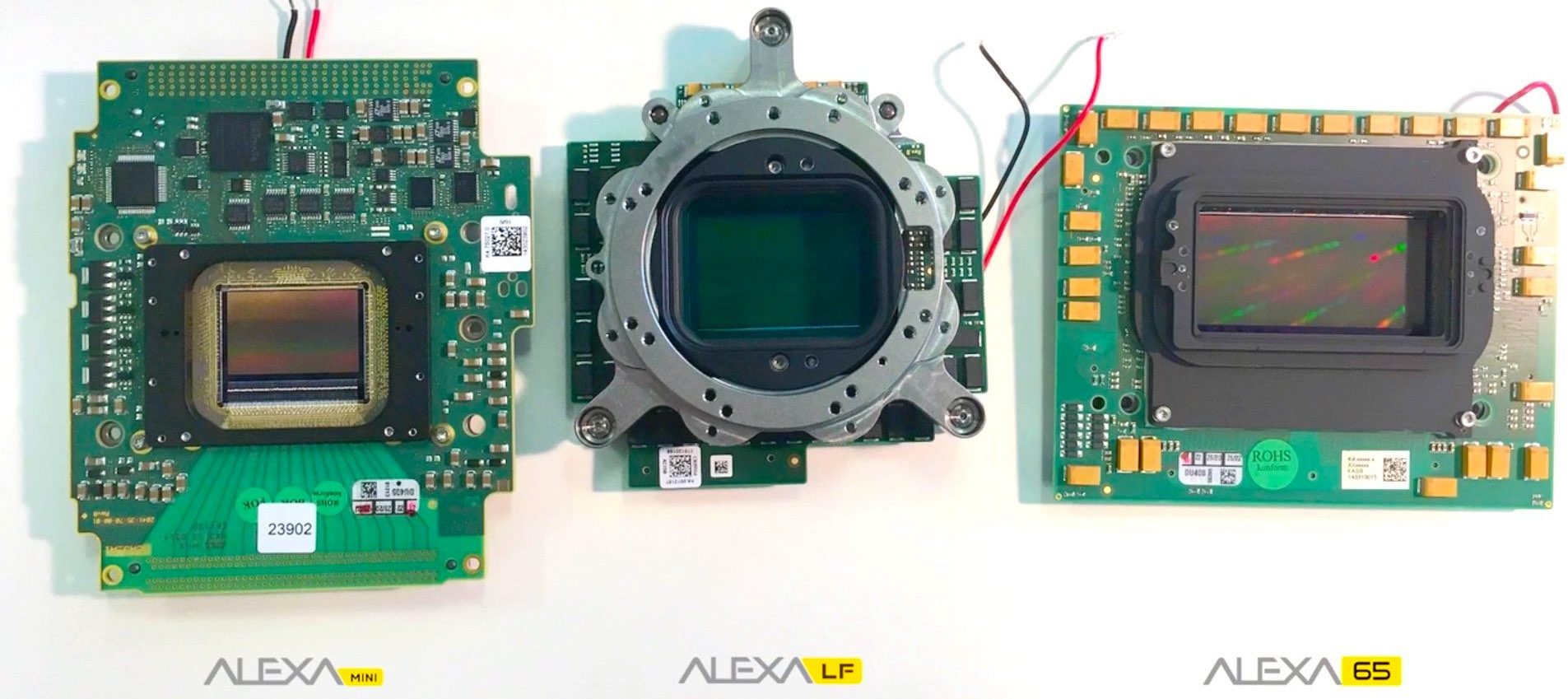
The process of sensor development
In the podcast, Brendel sheds some light on the testing procedure of new sensors: “The heart of every digital camera is an analog device. CMOS sensor is an analog device. It takes months to fine-tune this analog device” Brendel says. “When we get the new sensor from the sensor company, then we have to optimize the parameters from this sensor in order to produce optimum output. It has to be perfectly tuned, so analog noise can be prevented. This fine-tuning process results in changing the pixel design and producing more revisions till you get the final sensor” he adds. Brendel states: “After this stage, the sensor is being implemented inside a ‘toaster’ (it looks more like a toaster than a camera). It’s a ‘blocky’ device with a lens on it, a power source, and a computer. Then the first pictures we received. The first measured parameter is the dynamic range which is extremely important to the quality and ability of the sensor. That’s basically can be called a prototype camera”.
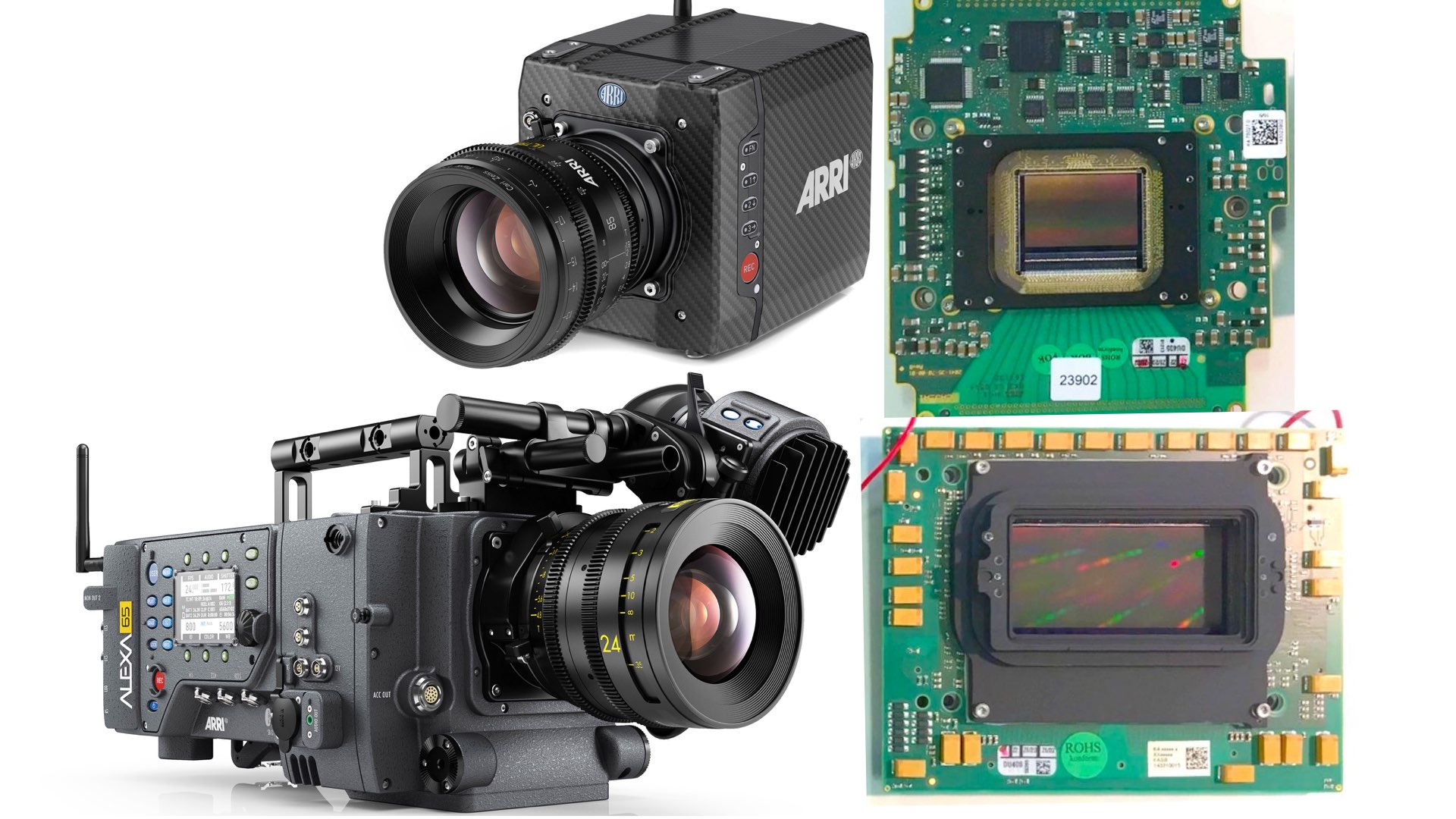
“ARRI doesn’t make the ALEV 4”
In regard to the new ALEXA 35 sensor, Brendel clearly states that the ALEV 4 is not being manufactured by ARRI. “Making CMOS sensors costs several billions of dollars. ARRI doesn’t make the ALEV 4 — Making sensors is a highly specialized expertise…there are only a few companies that make sensors. At ARRI – we don’t make our sensors. Only really big companies like Canon or Sony make their own sensors. Everyone else partners with a sensor design company to develop a specific sensor” Brendel emphasizes. Furthermore, Brendel didn’t want to disclose the company that developed the ALEV 4. Although we know that the ALEV 3 was manufactured by OnSemi, it will be interesting to explore that the ALEV 4 is being produced by other companies than OnSemi.
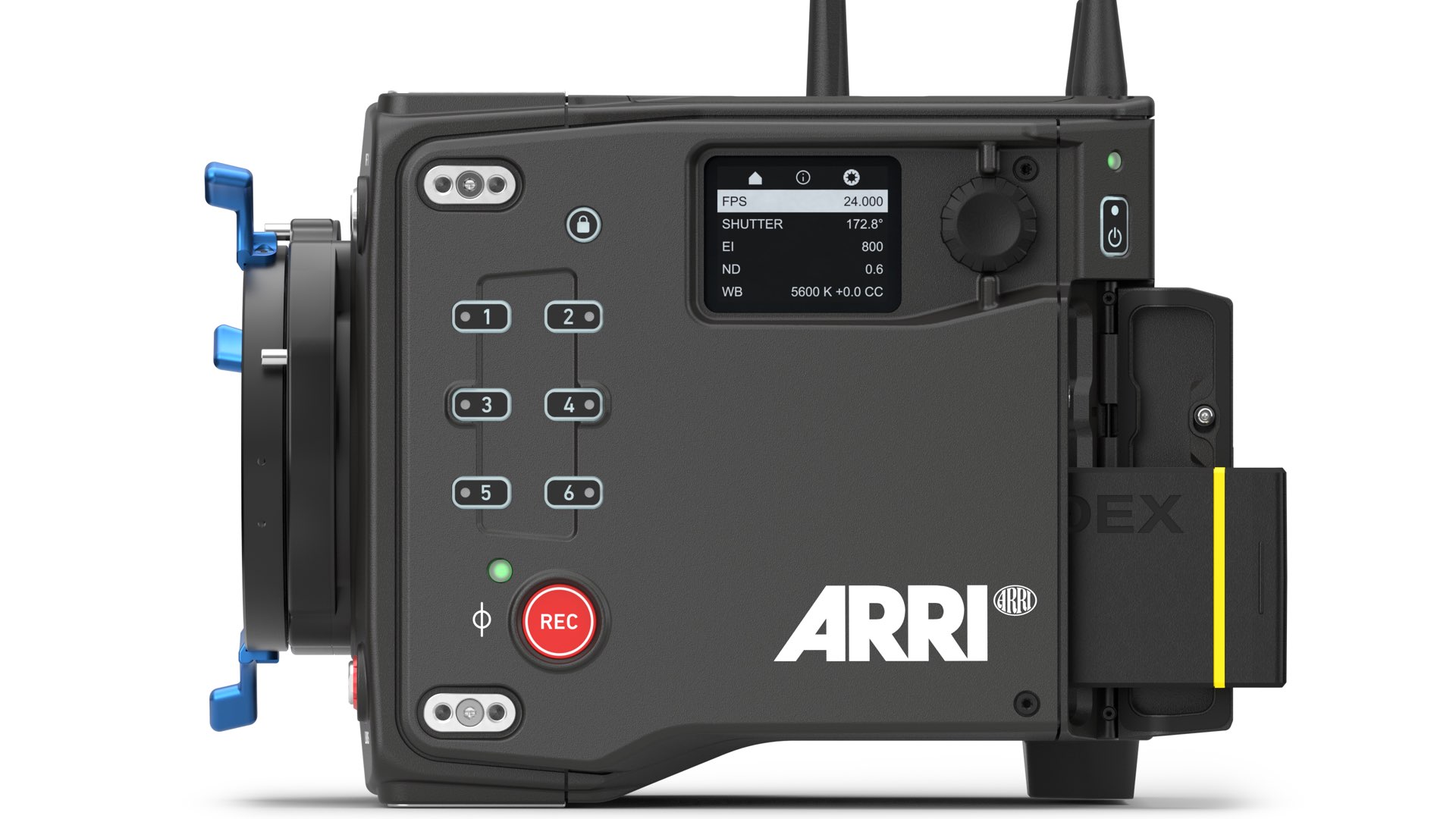
Closing thoughts
ARRI has claimed that the ALEXA 35 owns ARRI’s first self-developed sensor. Or at least it was pretty clear from the marketing materials. Nevertheless, according to the company’s Chief Color Scientist, the ALEV 4 was developed by a 3rd party company. And there’s a chance that this sensor company is not OnSemi. If so, it will be very interesting to know which company develops the ALEV 4…


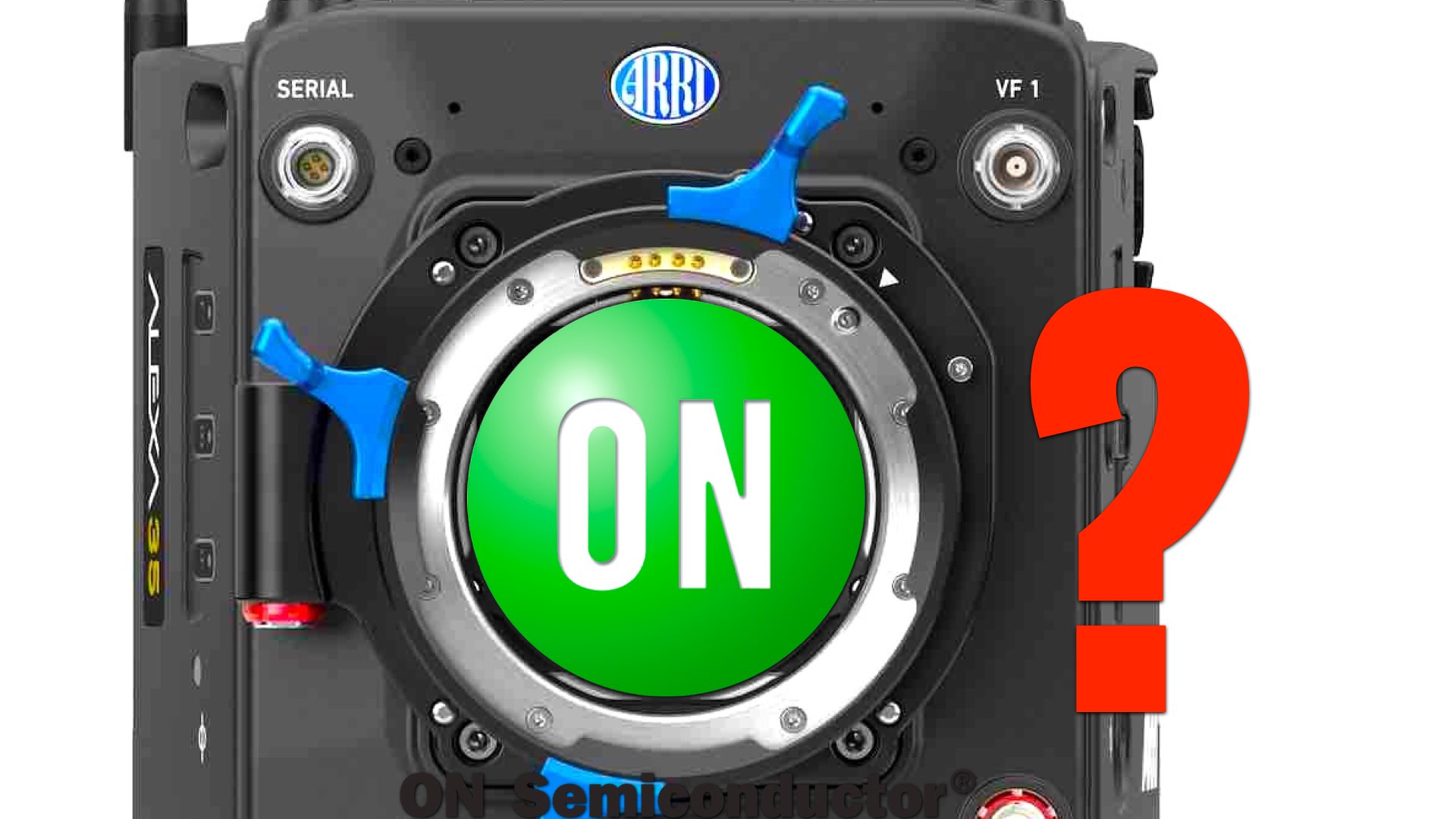

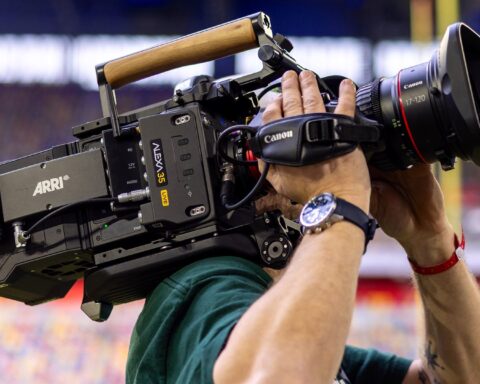

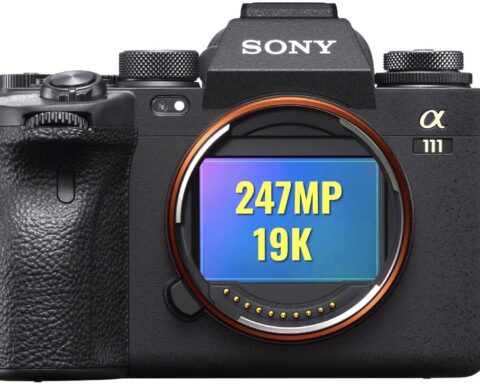



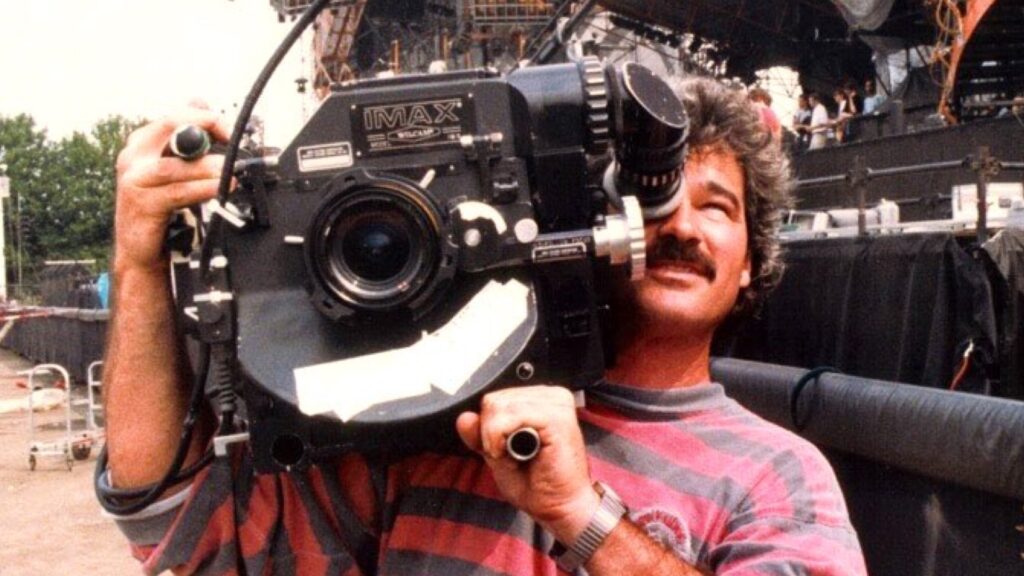
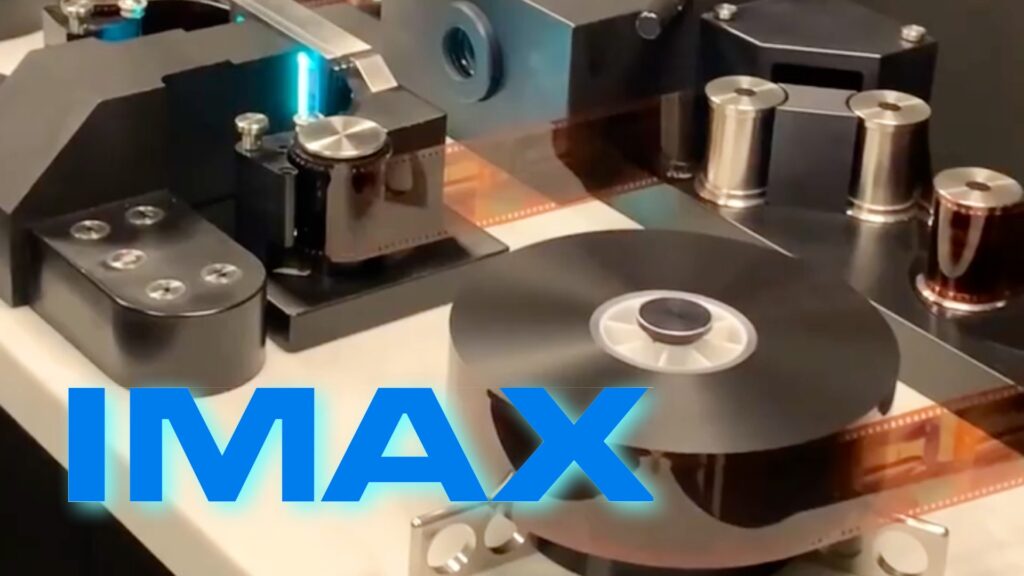







I don’t think anyone actually believed that Arri manufactured its own sensors, due to the gargantuan cost of building a state of the art semiconductor manufacturing plant. It costs billions just to start it up.
The fact that another company developed the sensor doesn’t mean that the design isn’t Arri’s; several companies develop bespoke sensors in collaboration with sensor manufacturers, including Red, Black Magic, Phase One, Fuji… It’s a pretty common practice, and the only real exceptions are the two with their own sensor manufacturing in house — i.e. Sony and Canon, now that Panasonic sold its sensor manufacturing division off.
My two top guesses are Sony and TowerJazz, now part of Intel.
It’s a Chinese Manufacturer!
If the new sensor was developed to ARRI’s specs but manufactured by a sensor foundry, it’s a proprietary ARRI sensor. End of story.
The new sensor was developed to ARRI’s specs but manufactured by a sensor foundry. It’s a proprietary ARRI sensor. End of story.
This is what I suspect is the case. Achim might just have used the word “arrived” to indicate that Arri and its manufacturing partner had reached their goal, not that Arri had no involvement in the design other than testing it.
Did you confuse the verbs “develop” and “manufacture”? Cause Achim Oehler was quite open about Arri buying their sensors from contracted fabricators. He even uses the phrase “the pixel finally became available” instead of “we crated it” in the interview that Jon Fauer published last month.
All the point of the article is — that ARRI hasn’t mentioned OnSemi as the ALEV 4 manufacturer.
What a beat up.
Arri have never actually made their own sensors but the design is totally owned and developed by Arri in -house and then I’m conjunction with a design and production partner to their exclusive design.
JB
This site is more and more degrading to yellow press levels of clickbait.
Arri aleaysseems to want to forget the D20 abd D21 inverted successes…